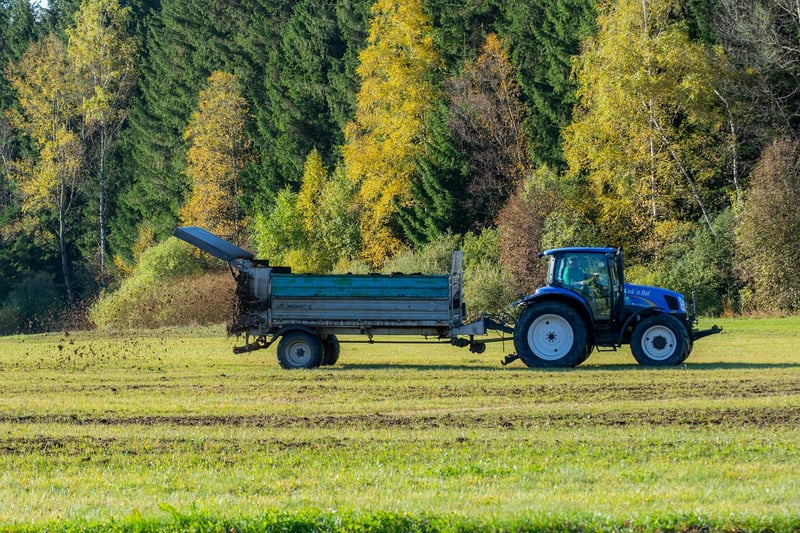Fertilizing Methods
Essential Plant Maintenance and Fertilizing Methods
Proper plant maintenance and effective fertilizing methods are crucial for ensuring the health and vitality of your green companions. Whether you are a seasoned plant enthusiast or just starting your journey as a plant parent, these guidelines will help you nurture your plants and promote their growth.
Plant Maintenance Tips:
- Light: Understand the light requirements of your plants and place them accordingly. Some plants thrive in direct sunlight, while others prefer indirect light.
- Watering: Avoid overwatering or underwatering your plants. The frequency of watering depends on the plant type and environmental conditions.
- Pruning: Regularly trim dead or yellowing leaves to promote new growth and maintain the overall appearance of the plant.
- Cleaning: Dust the leaves of your plants to allow optimal light absorption. Use a damp cloth to gently wipe the leaves and keep them clean.
- Potting: Repot your plants when they outgrow their current containers. Use well-draining soil to prevent waterlogging.
Fertilizing Methods:
Proper fertilization provides essential nutrients to your plants, promoting healthy growth and blooming. Here are some common fertilizing methods:
- Water-Soluble Fertilizers: Dissolve these fertilizers in water and apply them during regular watering sessions. They are quickly absorbed by the plants.
- Slow-Release Fertilizers: These fertilizers release nutrients gradually over time, providing a steady supply to the plants. They are ideal for busy plant owners.
- Organic Fertilizers: Made from natural sources, such as compost or manure, organic fertilizers enrich the soil and improve its structure.
- Foliar Feeding: Spray liquid fertilizers directly on the leaves for quick nutrient absorption. This method is beneficial for plants with nutrient deficiencies.
Remember to follow the instructions on the fertilizer packaging and avoid over-fertilizing, as it can harm your plants. Additionally, consider the specific needs of each plant species when choosing a fertilizer type.
By incorporating these plant maintenance and fertilizing methods into your routine, you can create an optimal environment for your plants to thrive and beautify your living space.


For more plant care tips and advice, you can explore resources from reputable sources such as Royal Horticultural Society or University of Minnesota Extension.
